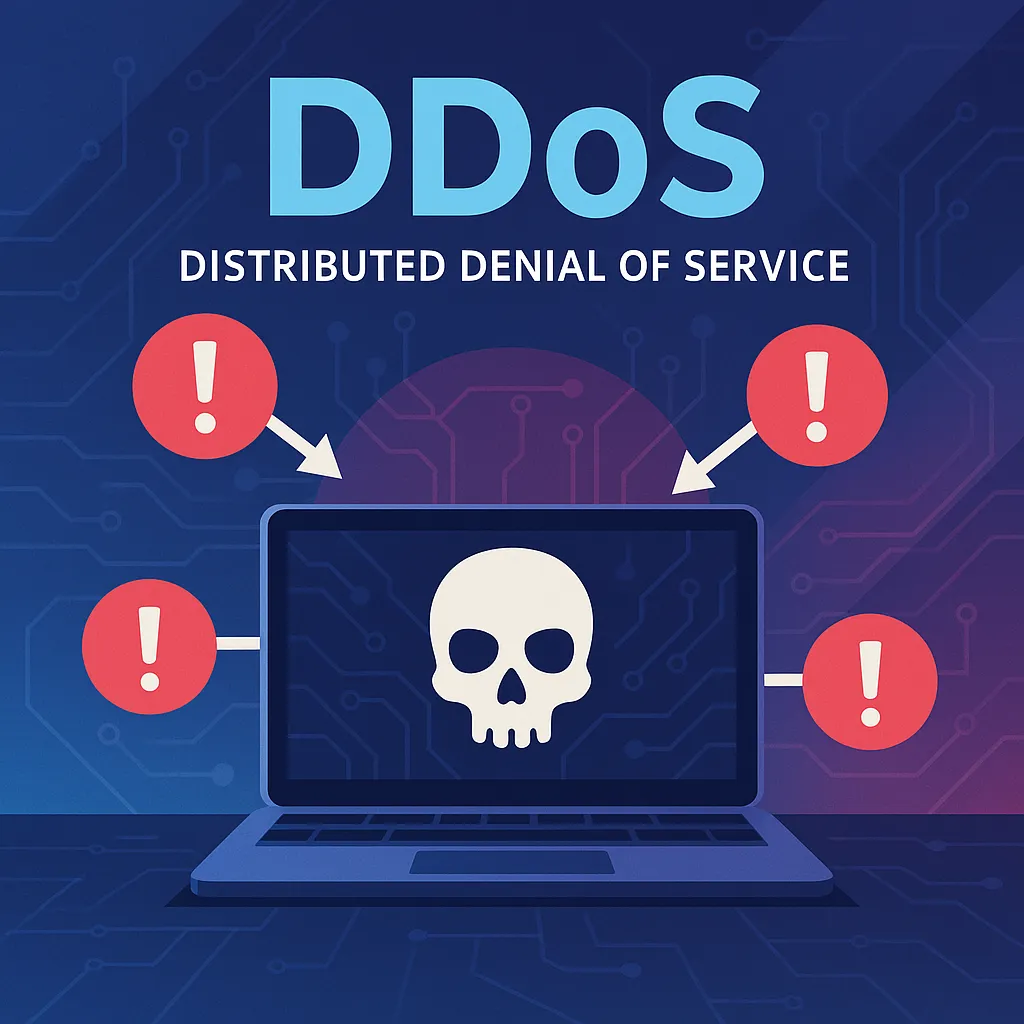Dissecting the DDoS Attack: When Web Traffic Becomes a Weapon
In the labyrinth of cybersecurity threats, few are as disruptive or as common as the Distributed Denial-of-Service (DDoS) attack. By turning ordinary web traffic into a siege weapon, DDoS attacks pound their targets into submission, forcing them offline and causing significant service disruptions.
Understanding DDoS Attacks
A DDoS attack, as explained by Cloudflare, involves multiple compromised computer systems attacking a single target, such as a server, website, or network. The flood of incoming messages, connection requests, and malformed packets leads to an overload that can cripple the target's resources, effectively rendering the service unusable.
Compared to a simple Denial-of-Service (DoS) attack, where the traffic comes from one source, a DDoS attack is far more dangerous and difficult to manage because it originates from many different locations at once, rendering traditional mitigation strategies less effective.
The Mechanics of a DDoS Attack
DDoS attacks can take various forms, but they generally involve three categories of tactics: volume-based attacks, protocol attacks, and application layer attacks. Volume-based attacks intend to saturate the bandwidth of the target site, while protocol attacks exploit server resources, and application layer attacks focus on web applications to disrupt specific functions and calls.
Real World Impact of DDoS Attacks
These attacks aren't just theoretical threats. High-profile cases, such as the attack on Dyn in 2016, serve as stark reminders of their disruptive potential. This particular incident took down major sites like Twitter, Netflix, and Reddit and was primarily conducted through a myriad of IoT devices infected with the Mirai botnet.
Protecting Against DDoS Attacks
Defending against DDoS attacks requires a multi-layered security approach. Utilizing advanced threat intelligence tools, a robust infrastructure capable of absorbing sudden spikes in traffic, and employing DDoS protection services that can identify and mitigate an attack dynamically are crucial.
Conclusion: Staying One Step Ahead
The continuous evolution of DDoS tactics necessitates that organizations maintain vigilance and implement proactive defense strategies. Failing to do so not only risks significant operational disruption but can also lead to a loss of customer trust and financial losses.
For those managing IT infrastructure, understanding the nature of these attacks, keeping abreast of the latest mitigation technologies, and fostering a culture of security-first in all internet engagements are essential steps toward guarding against DDoS threats.
